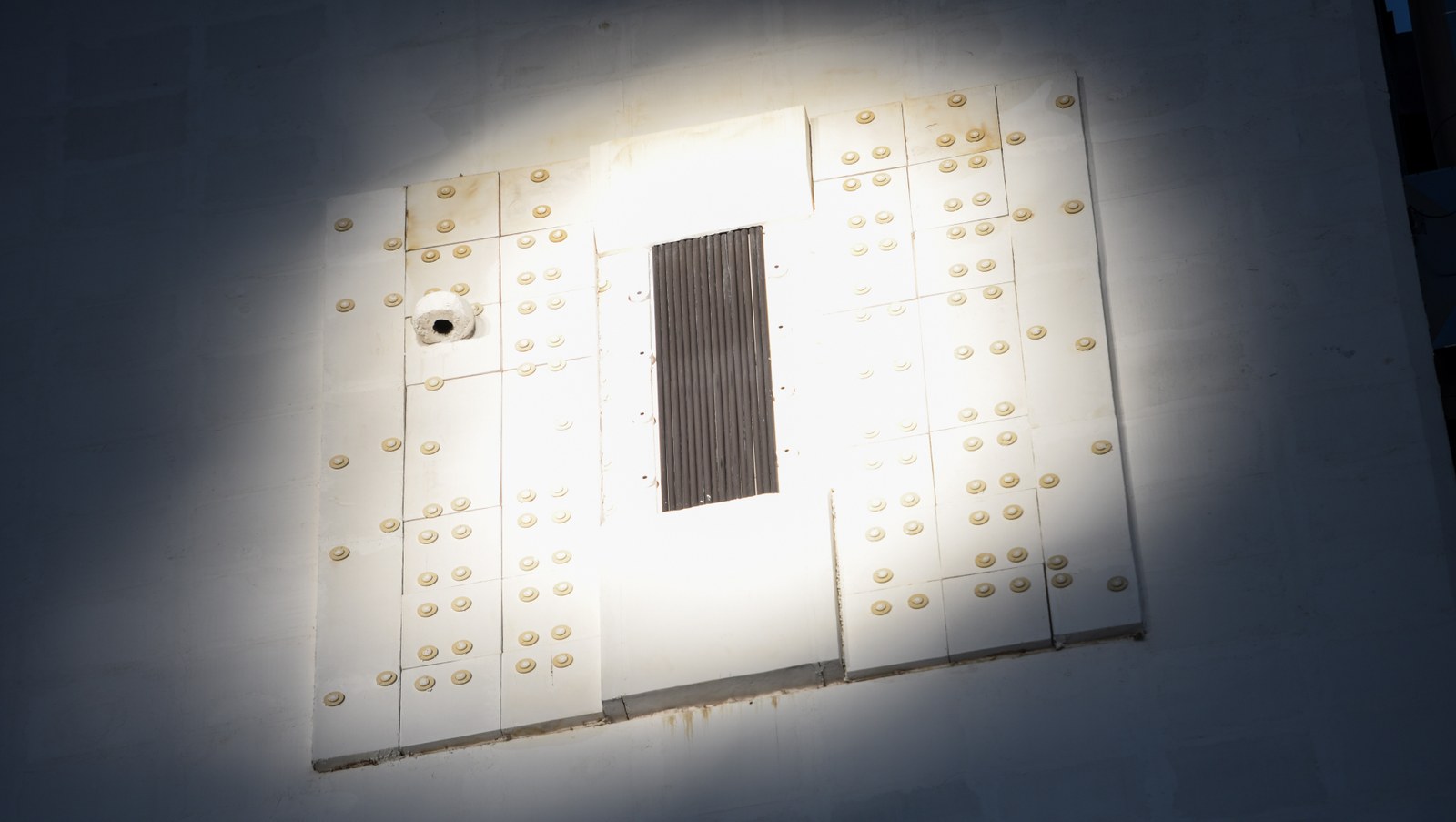Solar Towers Jülich: Temperature in solar radiation receiver with molten salt exceeds previous industry standard



The German Aerospace Centre (DLR) and MAN Energy Solutions have reached an important milestone with the solar tubular receiver for molten salt in DLR's Multifocus Solar Tower in Jülich: for the first time, a salt temperature of over 600 degrees Celsius has been achieved. This is significantly higher than the current industry standard of 565 degrees Celsius in commercial solar thermal power plants. This development further increases the overall efficiency and opens up new possibilities for increasing the efficiency and reducing the costs of solar power plants.
Higher temperatures for more efficient power generation
In solar thermal tower power plants, thousands of mirrors concentrate the sunlight onto a receiver high up in the solar tower, where a heat transfer medium heats up. The thermal energy is transferred to a steam turbine to generate electricity. The maximum possible operating temperature is limited by the properties of the salt - it begins to decompose above a temperature of 565 degrees Celsius if no additional measures are taken.
A higher temperature in the salt circuit makes it possible to heat the steam for the turbine to a higher temperature, which increases its efficiency. Steam temperatures have long been limited to 550 degrees Celsius, but newer turbines allow temperatures of over 600 degrees Celsius.
The receiver in the Multifocus Solar Tower in Jülich, supplied by MAN Energy Solutions, overcomes the previous temperature limit of salt by controlling the gas atmosphere. This will enable more efficient processes to be realised in solar power plants in the future.
Test operation in the Multifocus solar tower in Jülich
The solar receiver was installed on the first test level of the Multifocus tower in Jülich in 2021. Since then, researchers have been carrying out tests under power plant conditions. The facility makes it possible to operate the receiver in a closed salt circuit and simulate the operating conditions of a commercial power plant. The tests offer the opportunity to validate the usability of the technology under practical conditions and to comprehensively assess the cost reduction potential in commercial plants.
Significance for future solar power plants
The higher operating temperature is not only a technical milestone, but also an economically significant advance in solar energy utilisation. Dr Eckhard Lüpfert, head of the Concentrating Solar Technologies department, is very satisfied with the results: "It is a great success for us, that we have exceeded the previous upper temperature limit of molten salt in solar operation. If this new receiver type is used in commercial power plants, the electricity production can be increased and significantly higher efficiencies can be achieved."
With this result, the DLR Institute of Solar Research and its project partners are contributing to the further development of technologies for utilising solar energy and thus making a valuable contribution to replacing existing fossil fuel power plant technologies with environmentally friendly innovations.
Project participants and funding ministries
The Jülich Solar Institute at Aachen University of Applied Sciences and Flexim are also involved in the project. Other associated partners in the consortium are Holter Regelarmaturen, Stahl-Armaturen PERSTA and Endress + Hauser Messtechnik, which are involved in the development of measurement technology and valves. The associated partner Mannesmann Stainless Tubes supports the work in the field of materials science together with Salzgitter Mannesmann Forschung.
The activities are part of the research project "High Performance Molten Salt II" (FKZ 0324327) funded by the Federal Ministry for Economic Affairs and Climate Action and the project "SALSA - Test Platform for Solar High Temperature Molten Salt Receiver Systems" (FKZ PRO 0071) funded by the Ministry for Economic Affairs, Industry, Climate Action and Energy of the State of North Rhine-Westphalia.
